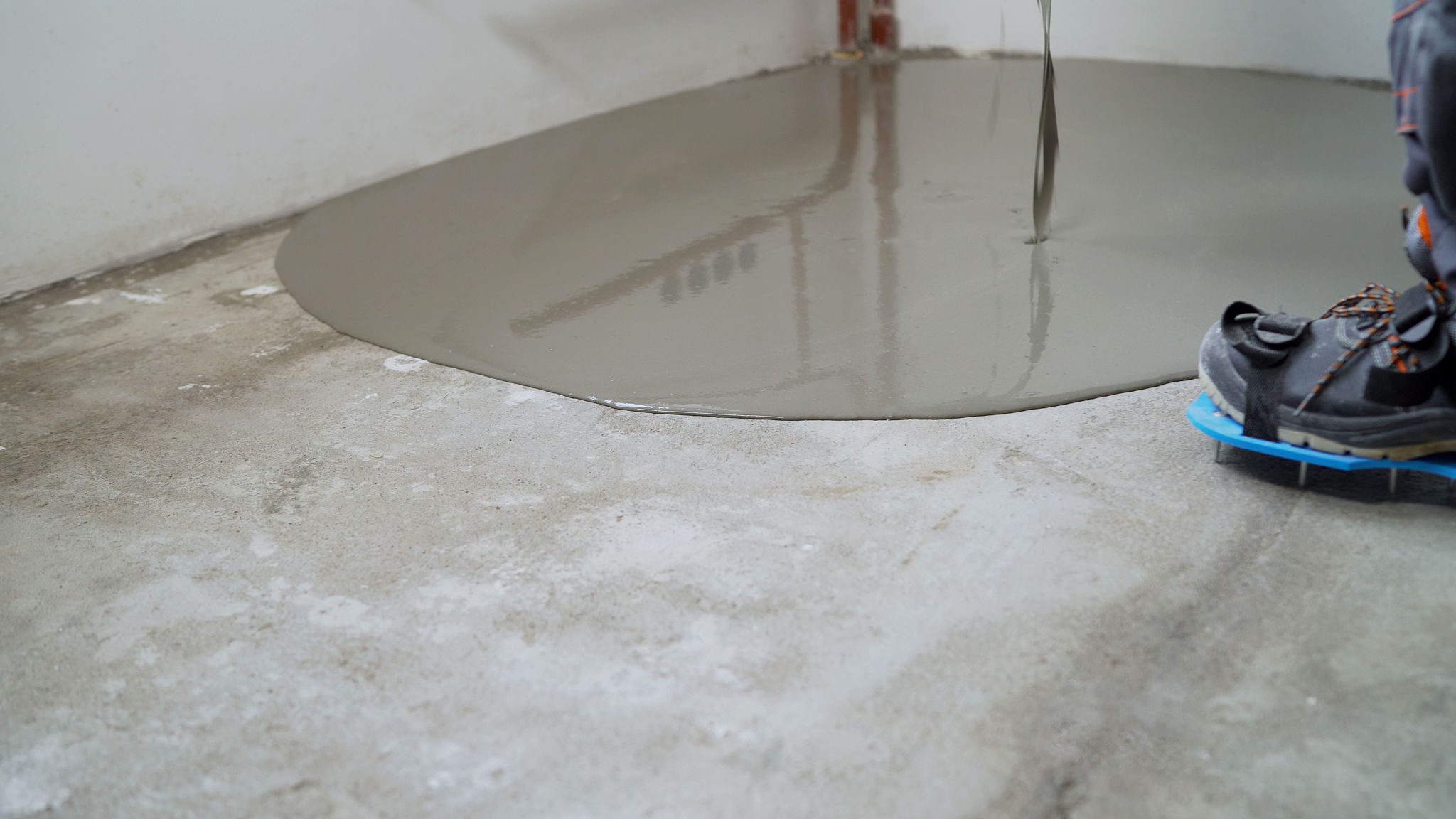Understanding New Zealand's Coating Inspection Regulations
New Zealand's coating inspection regulations play a crucial role in maintaining safety, quality, and environmental standards across various industries. These regulations ensure that protective coatings applied to structures, machinery, and equipment are up to the mark, thereby extending their lifespan and reducing maintenance costs. Understanding these regulations is essential for businesses involved in construction, manufacturing, and maintenance.

What Are Coating Inspections?
Coating inspections involve a series of assessments and tests to evaluate the quality, thickness, adhesion, and overall effectiveness of protective coatings. These inspections are conducted at different stages of the coating process, from surface preparation to the final application. By adhering to these standards, companies can prevent corrosion, reduce wear and tear, and ensure compliance with New Zealand's regulations.
Key Elements of Coating Inspections
Coating inspections typically cover several key elements:
- Surface Preparation: Ensuring the surface is clean and free from contaminants before coating application.
- Coating Application: Verifying that the coating is applied evenly and meets specified thickness requirements.
- Adhesion Testing: Checking the bond strength between the coating and the substrate.
These elements are critical to the success of the coating process and compliance with standards.

Regulatory Bodies and Standards
In New Zealand, several regulatory bodies oversee coating inspections. The most prominent is the New Zealand Standards (NZS), which provides guidelines and specifications for various industries. NZS works in conjunction with international standards such as ISO and NACE, ensuring that New Zealand's regulations are aligned with global best practices.
Importance of Compliance
Compliance with coating inspection regulations is not just a legal requirement but also a business imperative. Failing to adhere to these standards can lead to structural failures, costly repairs, and legal liabilities. Additionally, maintaining compliance enhances a company's reputation and trustworthiness, which can be crucial in securing contracts and partnerships.

Challenges in Coating Inspections
Despite the importance of coating inspections, companies often face challenges in implementing them effectively. Common issues include lack of trained personnel, inadequate equipment, and insufficient understanding of the regulations. Addressing these challenges requires investment in training, technology, and continuous education on the latest industry practices.
Solutions and Best Practices
To overcome these challenges, businesses can adopt several best practices:
- Invest in training programs for staff to keep them updated on the latest standards and techniques.
- Utilize advanced inspection tools to enhance accuracy and efficiency.
- Engage with certified inspectors who have expertise in New Zealand's regulations.
By implementing these solutions, companies can ensure successful coating inspections and compliance with regulations.
Future Trends in Coating Inspections
As technology evolves, coating inspections are also undergoing significant changes. The integration of digital tools, such as drones and AI, is revolutionizing the way inspections are conducted. These technologies offer enhanced precision, reduced inspection times, and better data management, paving the way for more effective and efficient inspections.
Staying informed about these trends is vital for businesses aiming to maintain a competitive edge and comply with New Zealand's evolving regulations.